Remember the shortcuts to Modes from last week?
Here is a great ear training exercise to hearing the modes. It is so amazingly easy, it is wild.
Remember there are three major modes, three minor modes and one mode that is in a class of its own.
The three major ones:
- ionian
- lydian (with the raised 4)
- mixolydian (with the flat 7)
The three minor ones:
- aeolian
- dorian (with a raised 6)
- phrygian (with a flat 2)
The outlier:
- locrian (technically minor as well, but because it has two exceptions from the norm, I create a class of its own for it) – it’s a minor with a flat 5 and a flat 2.
Now here is how you can quickly be hearing them by ear:
Step 1 – major or minor?
If Major:
- Does it sound like you are used to? —> Ionian!
- Does it sound not what you’d expect on the bottom (lower part of the scale, that is called a tetrachord)? —> Lydian! (it sounds bright!)
- Does it sound not what you’d expect on top (upper tetrachord)? —> Mixolydian! (it’s got a touch of bluesy!)
If Minor:
- Does it sound like you are used to? —> Aeolian!
- Does it sound not what you’d expect on the bottom (lower part of the scale, that is called a tetrachord)? —> Phrygian (dramatic! Spanish))
- Does it sound not what you’d expect on top (upper tetrachord)? —> Dorian! (a happy minor)
In order to identify locrian: listen for a sound that is not what you’d expect on the bottom and the top. Locrian sounds incomplete. If you feel compelled to sing one more note at the end of it -> that’s locrian, the seventh mode!
Modal music is like a palette of colors, you can sort them from darkest to brightest:
locrian – phrygian – aeolian – dorian – mixolydian – ionian – lydian
Here is a sample video from our course to demonstrate this:
Much more on modes, how to use them in grooves and more in the course.




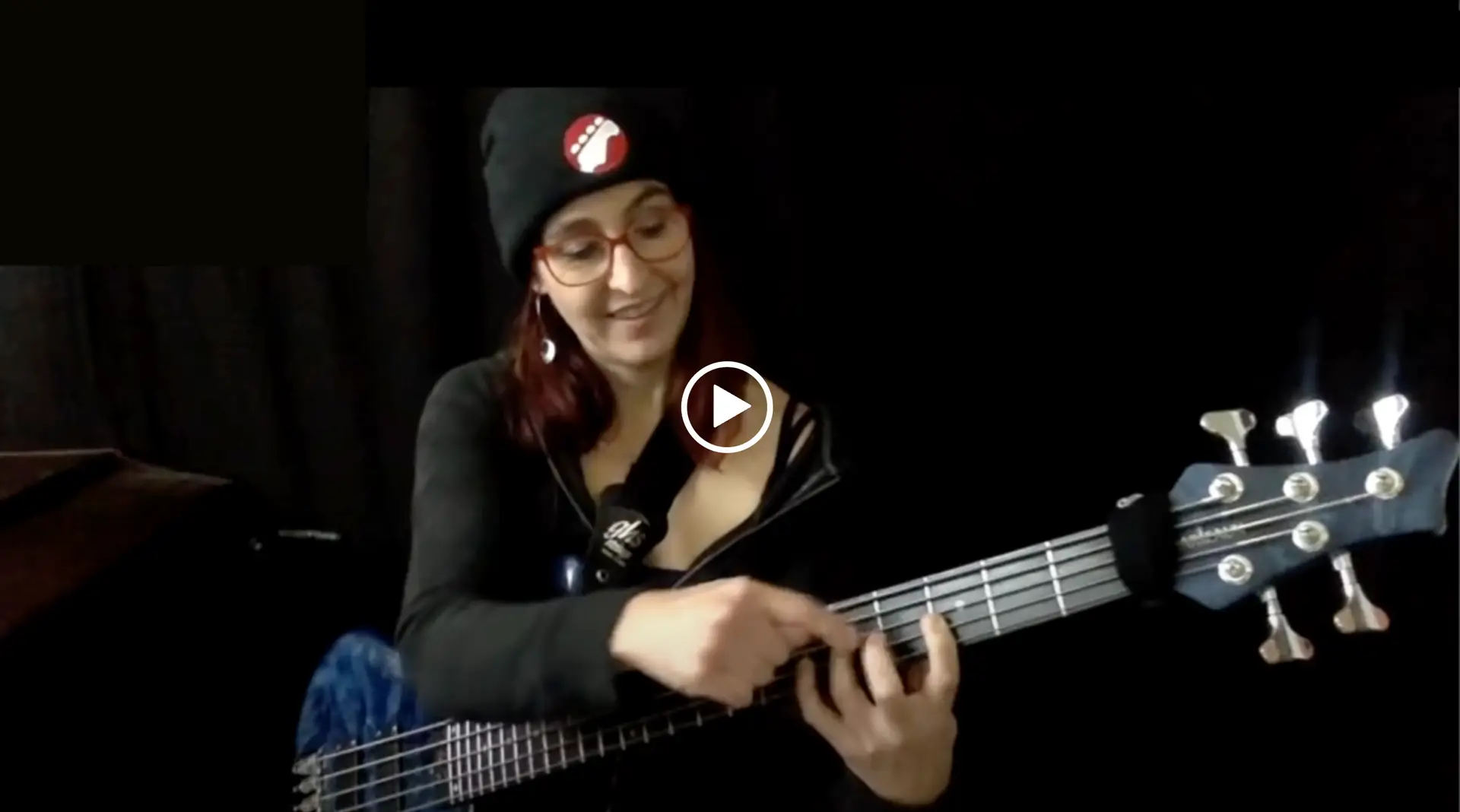
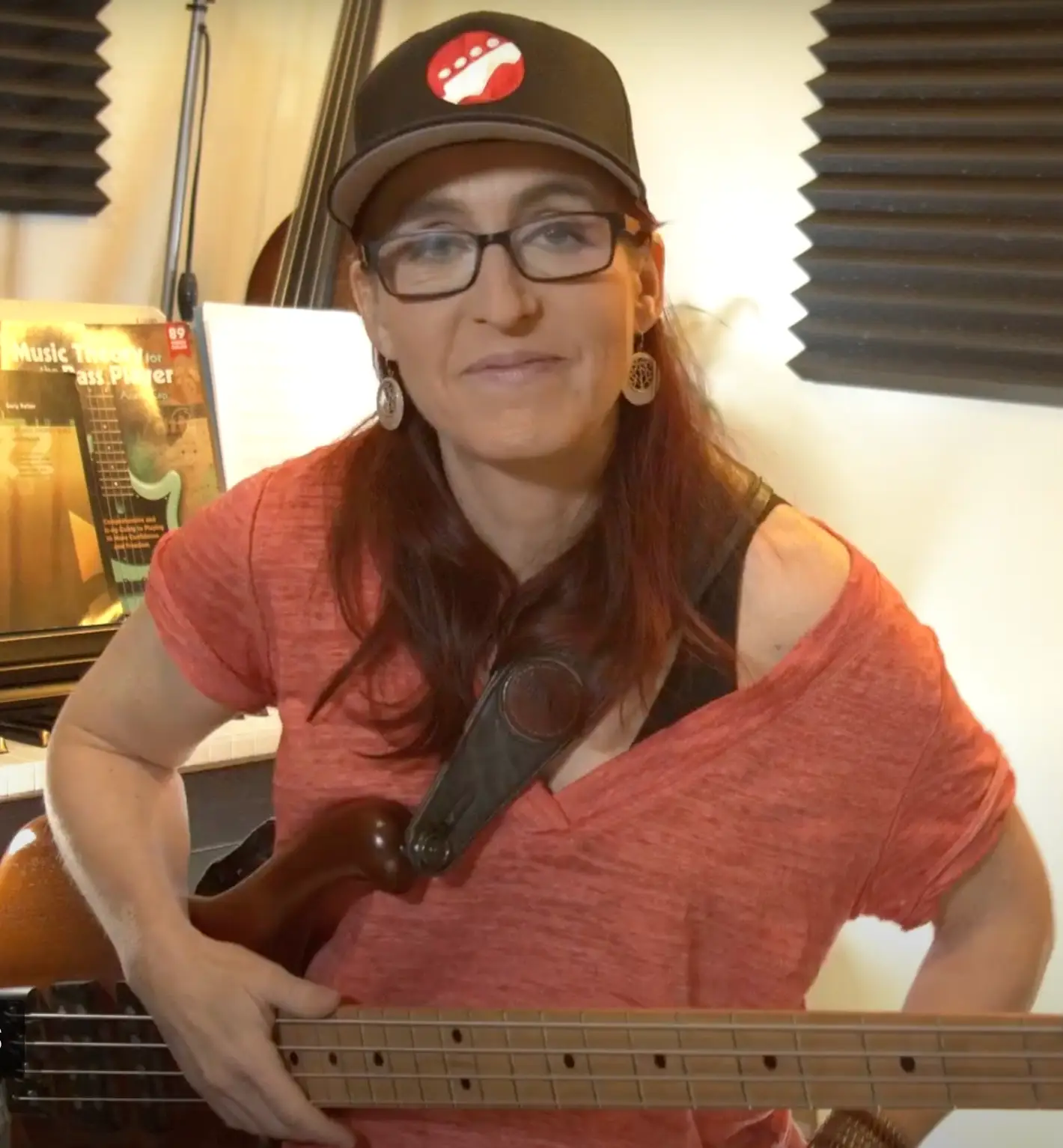
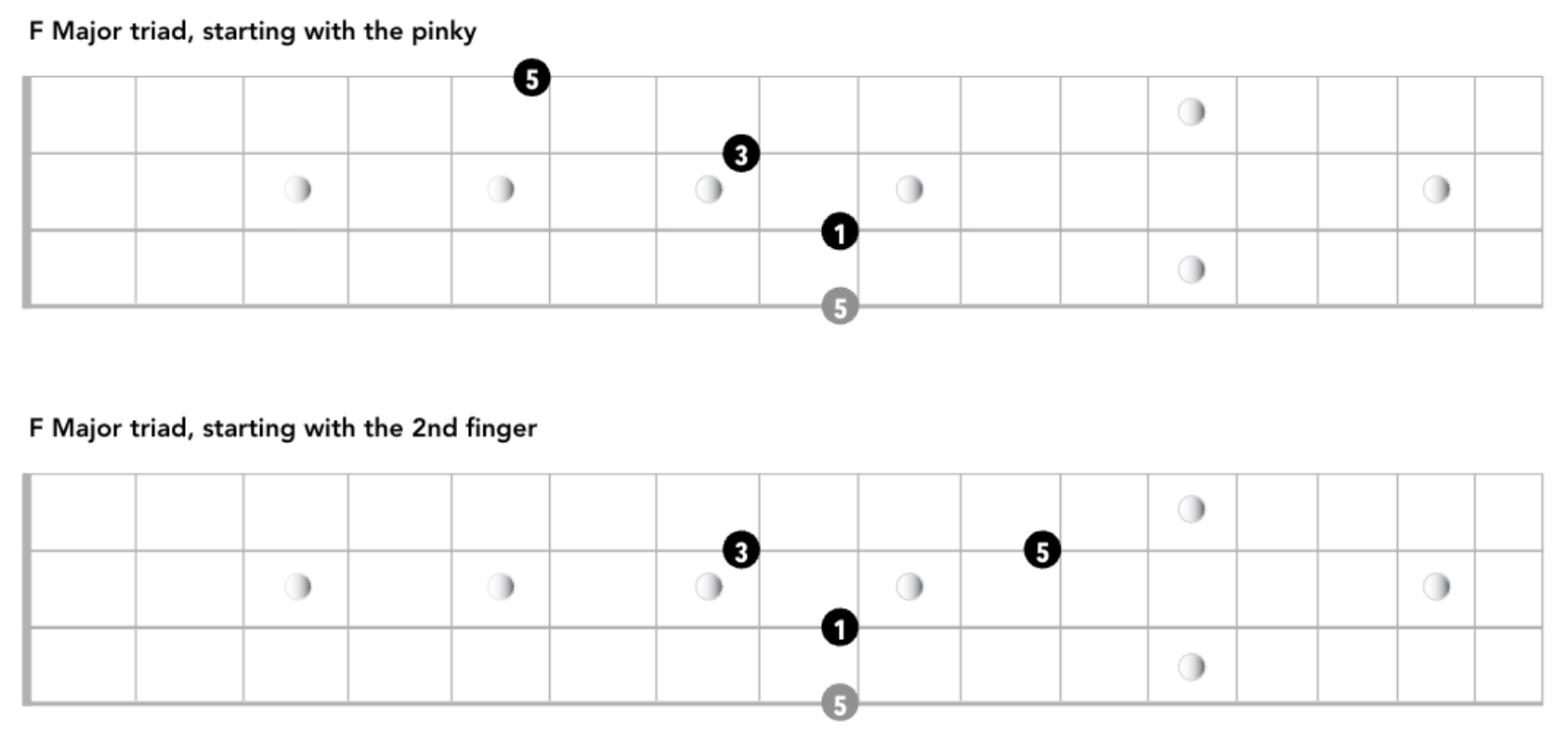

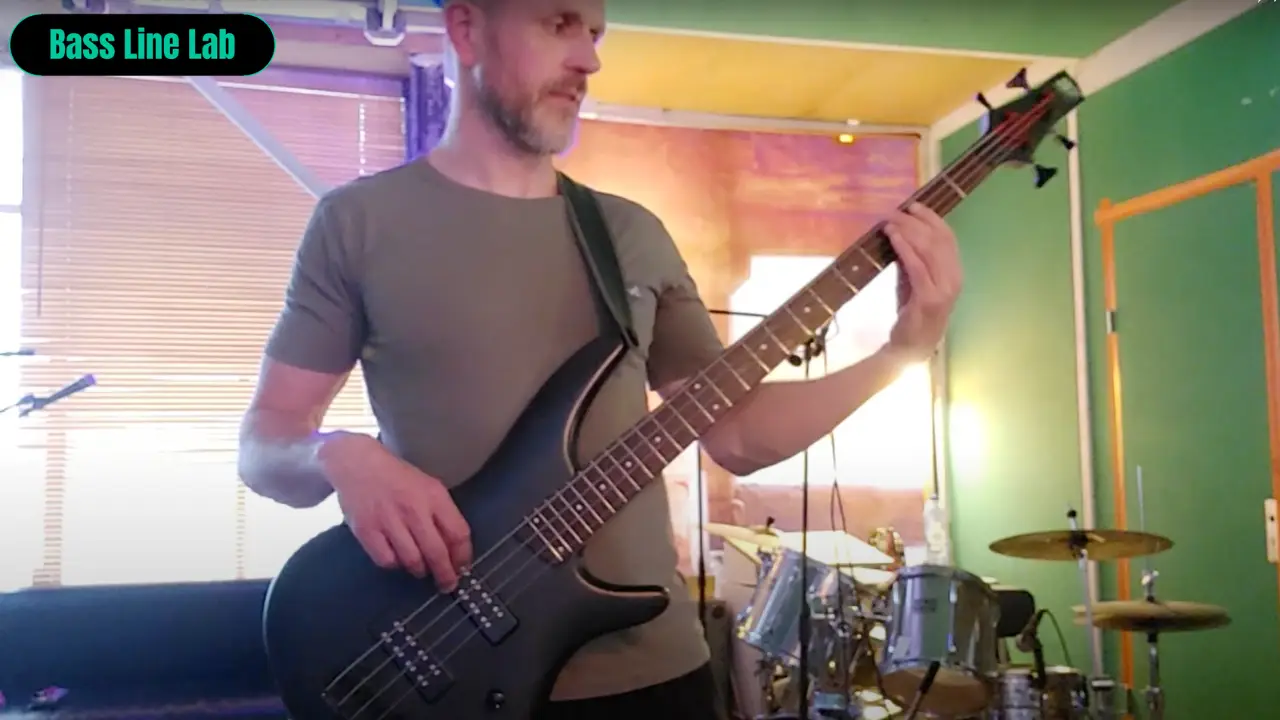
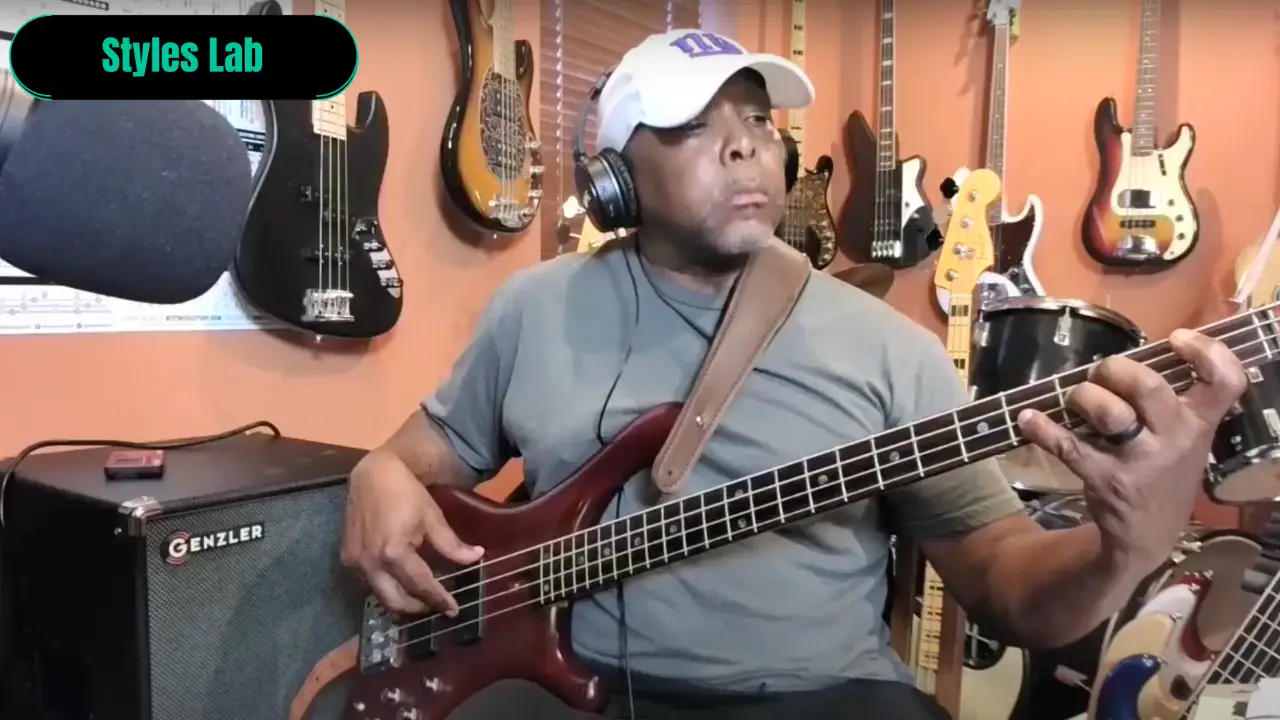
4 Replies to “Hearing the Modes – Made super easy!”
Hello Ari,
Interesting lessons you’re teaching! I’m often (not always😅) reading your blogs. Thanks for that!
But: is the Myxolydian mode not “a mode on it’s own”; neither major, nor minor?
Greetz Andrew
Cheers Andrew. Thanks for your nice words. Look at the third of the mixolydian mode – there is your answer. A scale is either major or minor because of that third note. The interval called ‚a class of its own‘ doesn‘t exist (so, yes, it really is major). See if you had read the blog last week you‘d know 😂👍
Hi how come you demonstrate all the modes from the one position C ??
Thanks
That is exactly the point of my video: because then you can hear them better. If you go C ionian, D dorian, E phrygian etc all you really hear is a version of C major. Because you started on that root it will be so strong in your mind. If you however keep the root the same and change the mode, C ionian, C dorian, C phrygian etc, then you can really hear the modes and learn to distinguish them.